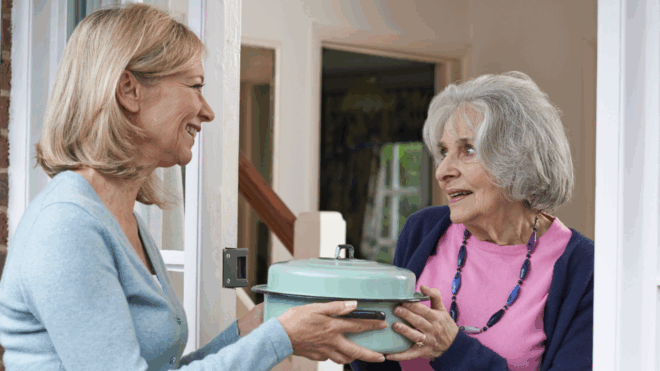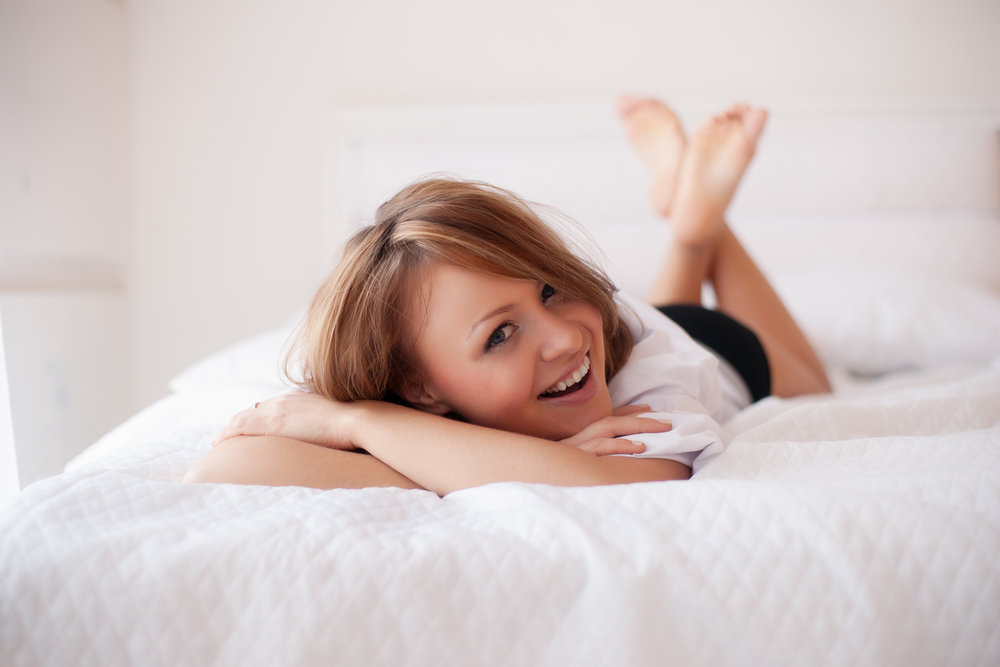
These days, everyone likes to brag about the thread count of their sheets: hotels, bedding stores, decorators and designers, all those celebrities with bedding lines on the shopping channels… But did you know, when it comes to the best pair of sheets, it's not just about thread count?
In fact, if you're being wooed by the highest thread count you can find on the store shelves, you may be getting swindled into buy low-quality sheets. Let's take a look at ALL the components that really matter in terms of sheet quality.
Do you have a favorite kind of sheet fabric?
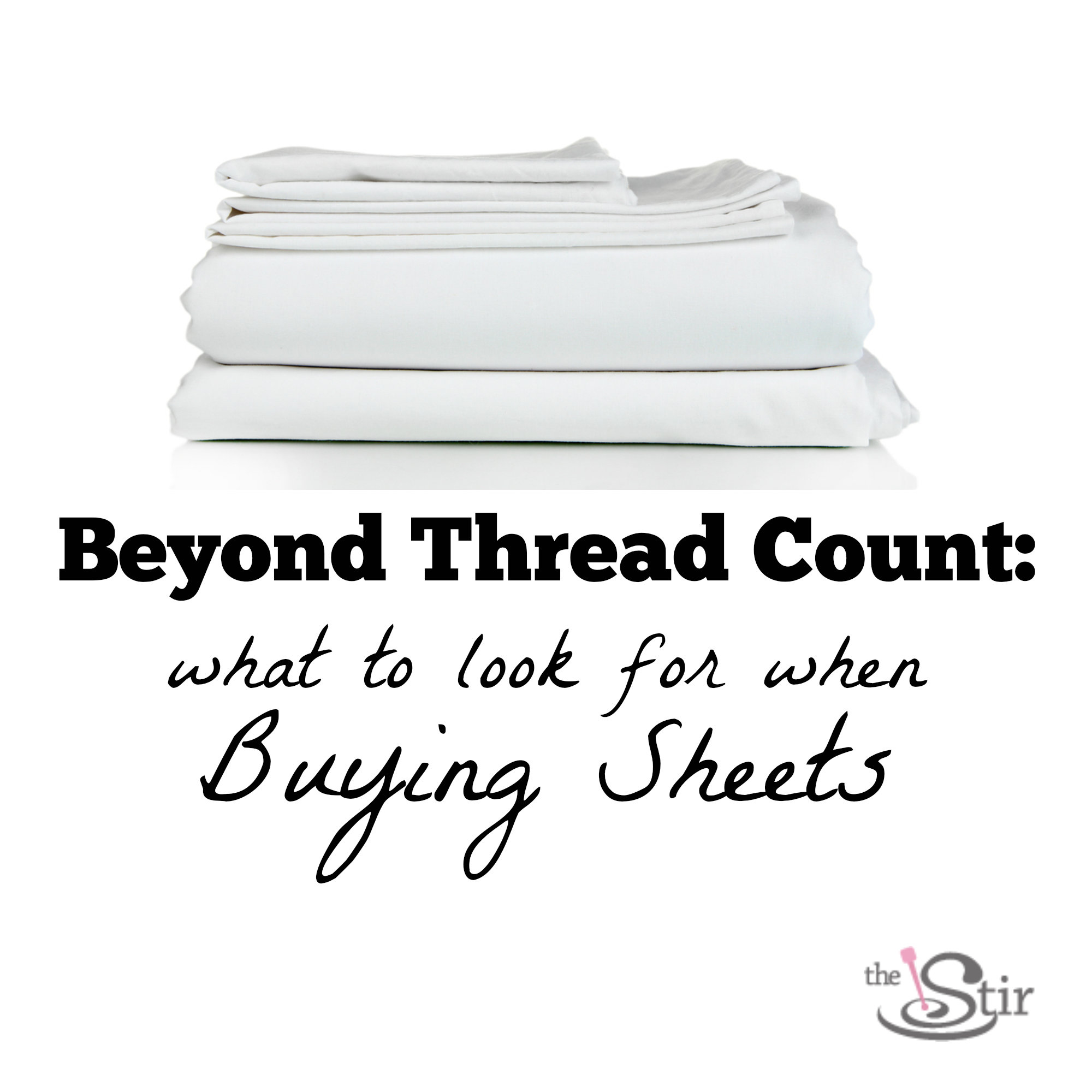
Image © Elena Kharichkina/Shutterstock and © Africa Studio/Shutterstock
THREAD COUNT
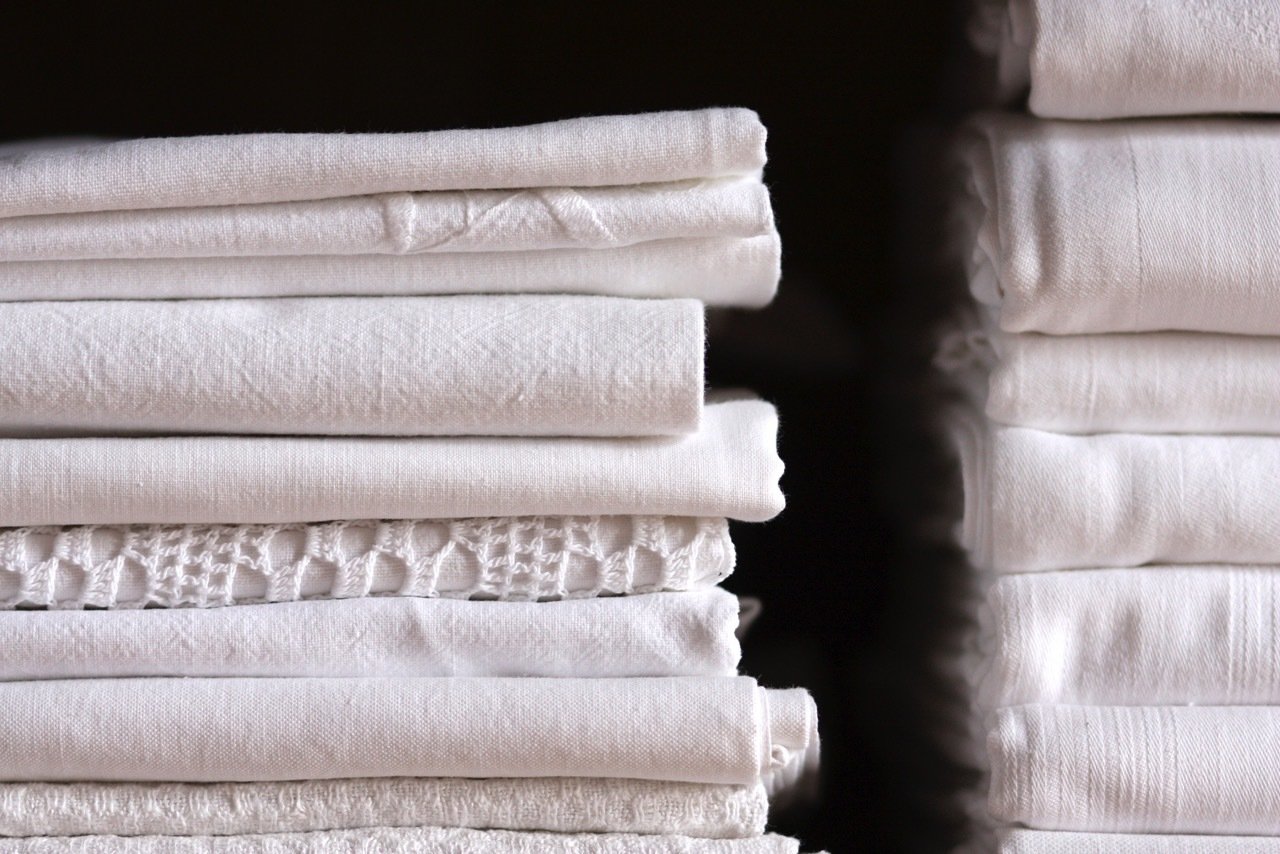
Thread count is the number of vertical and horizontal threads per square inch of the fabric. Thread count is important, but it doesn't guarantee better sheet. You must also take into account many other factors…
More from TheStir: 10 Instagram Accounts to Follow for Home Inspiration (PHOTOS)
Be aware of the thread count swindle!
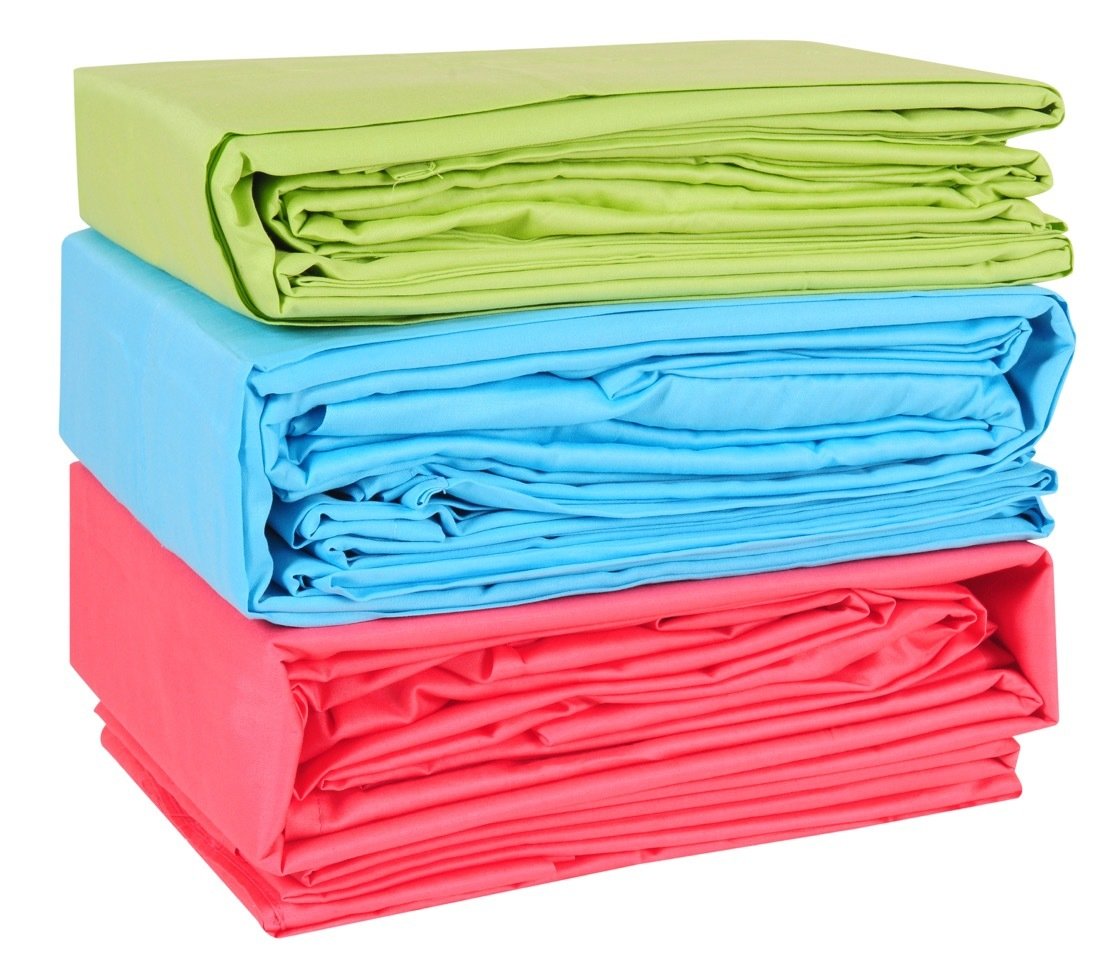
According to Consumer Reports, it wasn't long that sheets typically had thread counts of 120 (meaning 60 horizontal and 60 vertical threads). In the '60s, they say, a sheet with a 180 thread count was considered a luxury. "Now you see 1,000 thread count sheets — but you just can’t get that many threads on a loom," says Pat Slaven, a textile expert at Consumer Reports.
Where are they getting that higher number? Some manufacturers use low-quality fibers or even "cheat" by counting the strands or plies that make up an individual thread as additional threads. How? Manufacturers will use much thinner strands of fabric twisted together, and then they double, triple or even quadruple the thread count — even though it's essentially one thread (made up of smaller threads). In other words, a thread count of 600 might really be just 300 low-quality double-ply threads. "It ups the count but doesn’t give you a better sheet," says Slaven.
So what's the best thread count?

Martha Stewart says, "A thread count of 200 is a good standard, but if you upgrade to 300, the difference will be noticeable."
In Consumer Reports last sheet tests, their top-scoring percale sheet had a thread count of only 280. They were strong, shrank little, and easily fit mattresses up to 17 inches thick, even after being washed and dried five times.
But …
Fiber quality is more important than thread count
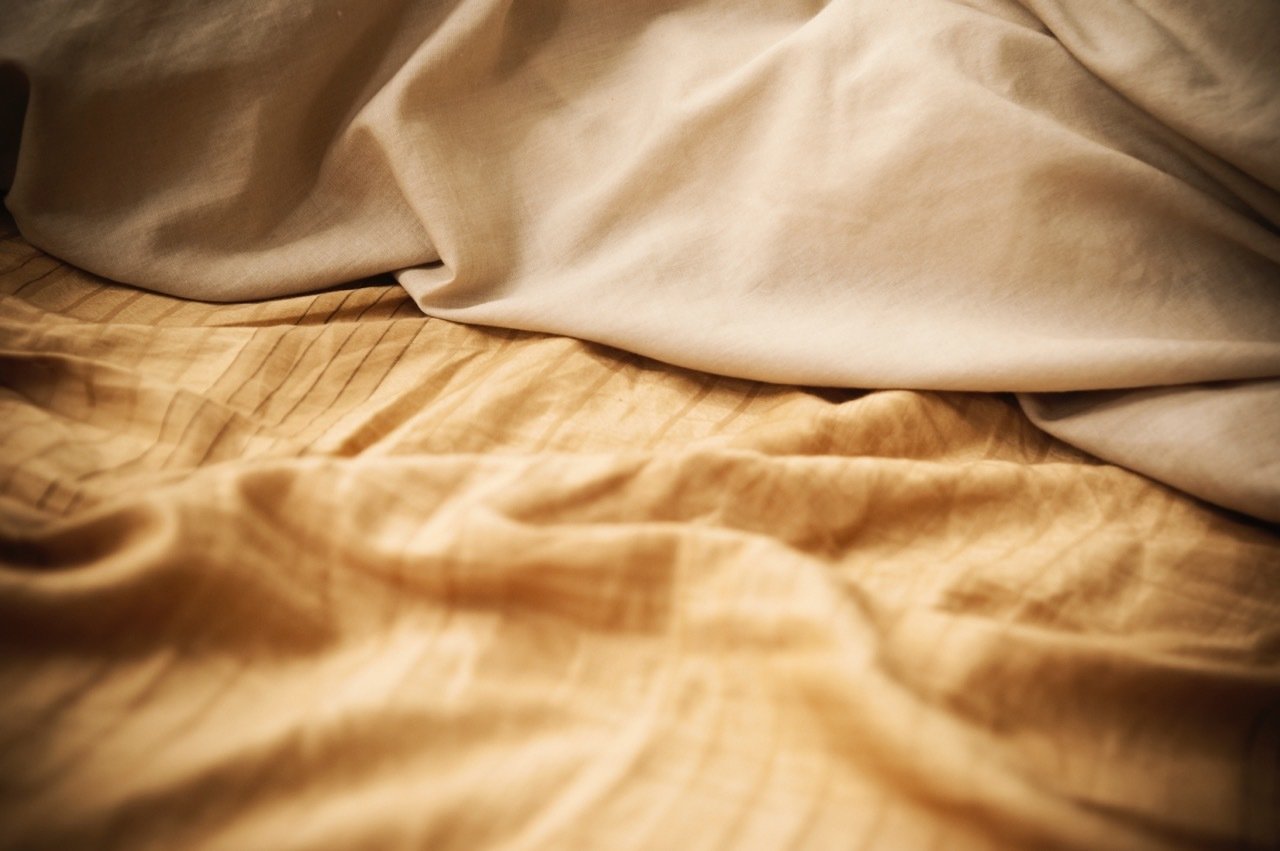
A recent tests of 23 sets of queen-size sheets conducted by Consumer Reports confirmed the following: "Among 100-percent-cotton percale sheets in our tests, some had a thread count of 400, but the highest-rated sheet had a thread count of 280. For 100-percent-cotton sateen and twill-weave sets, the top-scoring sheet has a claimed thread count of 1,000, though some 300-thread-count sheets were better than 400- or 600-thread-count models." See? Not just about thread count.
The moral of the story: High thread counts can definitely make for better sheets; however, it's the fiber quality that matters the most. In fact, a sheet of a better-quality fiber with a lower thread count will feel and wash better than a sheet with a lower-quality fiber with a higher thread count.
There are, of course, many different types of fiber…
Cotton-Polyester Blend
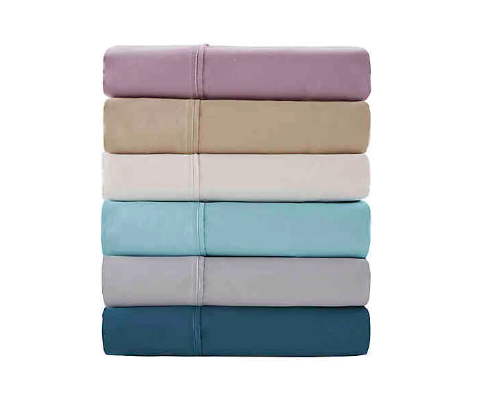
Now that we know what an important part fiber quality plays in sheet makeup, what are the different types to consider?
Cotton-polyester blend sheets, like the Madison Park Hotel 800-Thread-Count Cotton Rich Sheet Set, ($52.99-$74.99, Bed, Bath & Beyond) are wrinkle-resistant, easy-care, inexpensive compared to cotton, and durable (often lasting longer than pure cotton). However, polyester can pill over time, which can become irritating to the skin.
100% Cotton
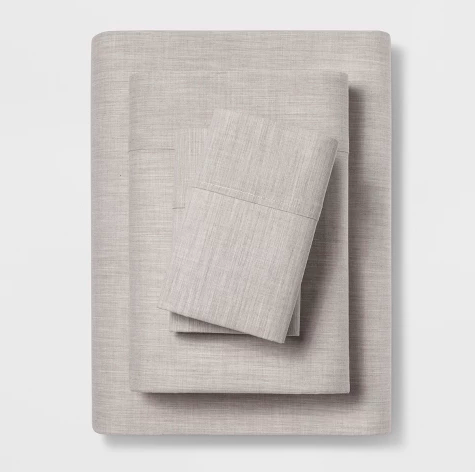
100 percent cotton sheets are soft, cool, and less likely to stain. Of course, there are several kinds and qualities of cotton from which to choose.
Long-staple (or long-fiber) cotton: Long-staple (or long-fiber) cottonsheets are noticeably softer, smoother to the touch, and less likely to pill. Here are some of the popular types of high-quality long fibers:
- Egyptian cotton is a high-quality cotton grown in Egypt that is well-loved for its breathability, high absorbency, and durability.
- Pima or Supima cottons are two other high-quality cottons that are grown in the Southwest United States and in South America. Pima and Supima cotton sheets are praised for their durability and super-soft feel.
- Organic cotton: Organic cotton is grown without pesticides, herbicides, or fertilizers and will have a United States government-approved certification mark on the packaging.
Solid Easy Care Sheet Set – Made By Design ($15.36, Target)
WEAVE
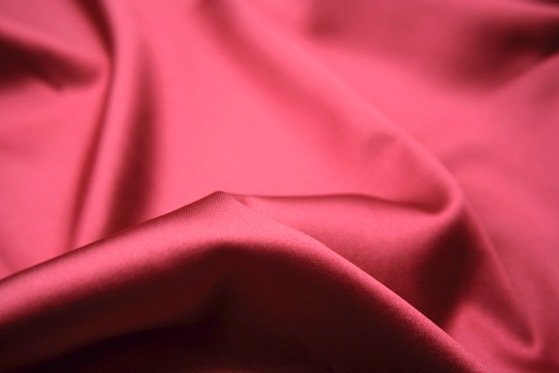
The weave of a fabric affects the way a sheet looks and feels, its longevity, and its price. The following slides show a few popular fabric weaves used in bedding.
Percale
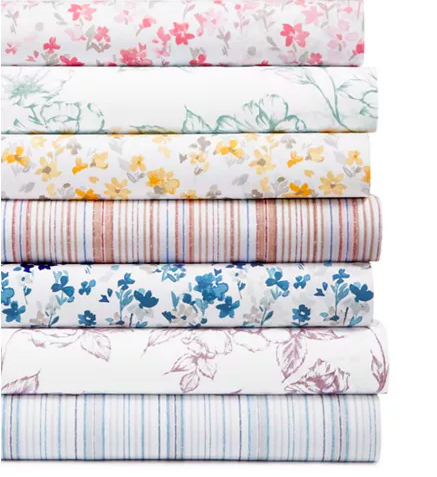
Percale refers to the smooth, flat and balanced weave of a fabric. Percale can be 100% cotton or a cotton/polyester blend. Percale is known for being crisp, cool, soft, sturdy and long-lasting.
Martha Stewart Collection Cotton Percale 400 Thread Count Solid and Print Sheet Set Collection ($35, Macy's)
Sateen
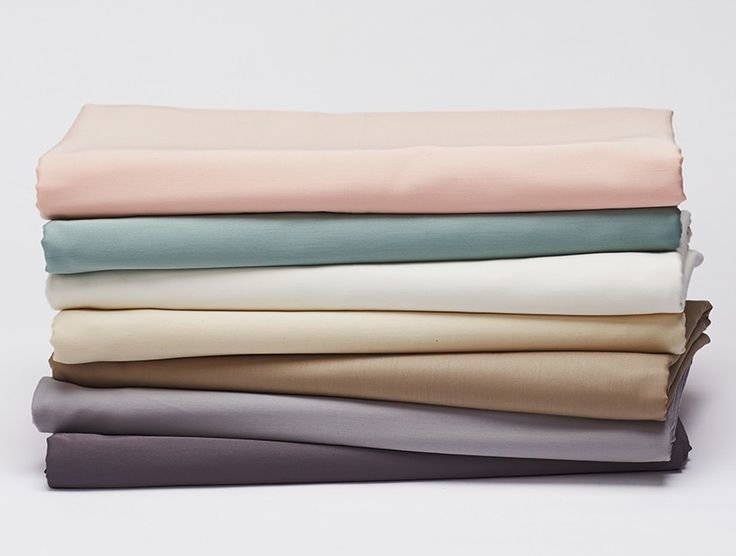
A sateen weave means there are four or more horizontal threads over and one vertical thread under, placing most the threads on the surface. This creates a soft, smooth, and luxurious feel and an elegant sheen, as with these Coyuchi 100% Organic Cotton Sateen Sheets ($48 – $298, coyuchi.com). This looser weave construction, however, is less durable and more apt to wear and pill than say, a percale.
More from The Stir: 12 Life-Changing Decluttering Hacks (PHOTOS)
Jersey Knit
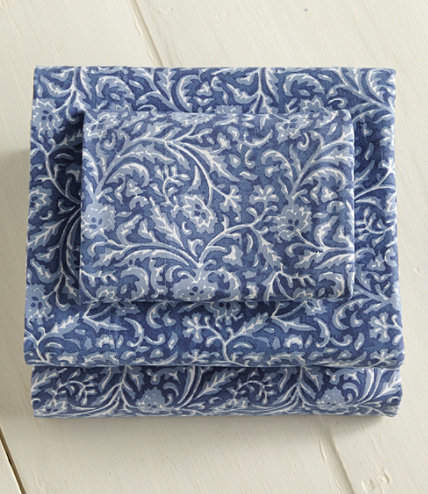
This weave creates a soft, warm, and stretchy knit fabric. You'll sometimes see sheets, like these JLA Home Jersey Sheets ($58.99, Macy's)
Flannel
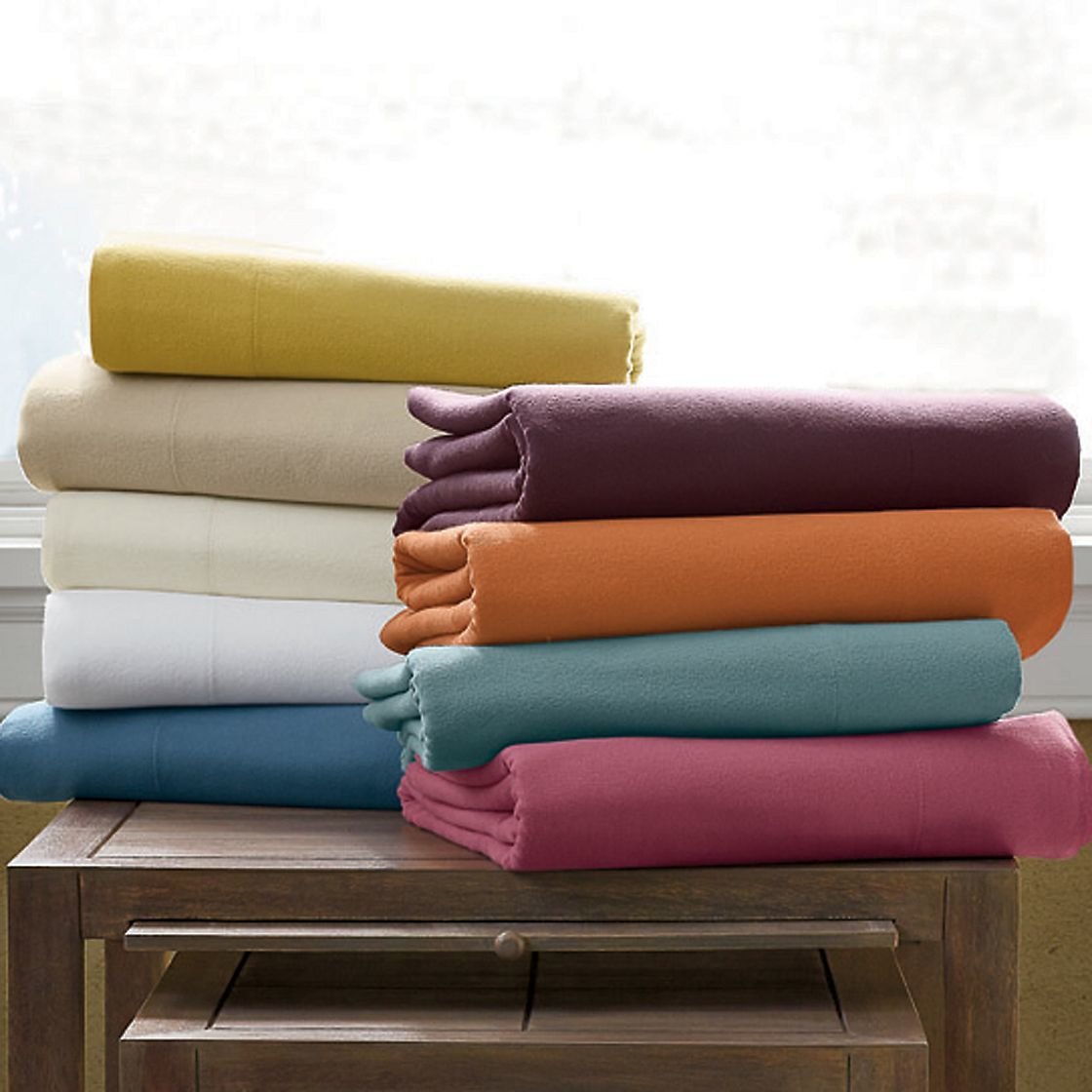
With a flannel weave, the surface is brushed, which lends to that soft, warm, and cozy feeling of the fabric. Shown here: The Company Store Velvet Flannel Sheets ($34 – $64 each, thecompanystore.com)
Jacquards and damasks
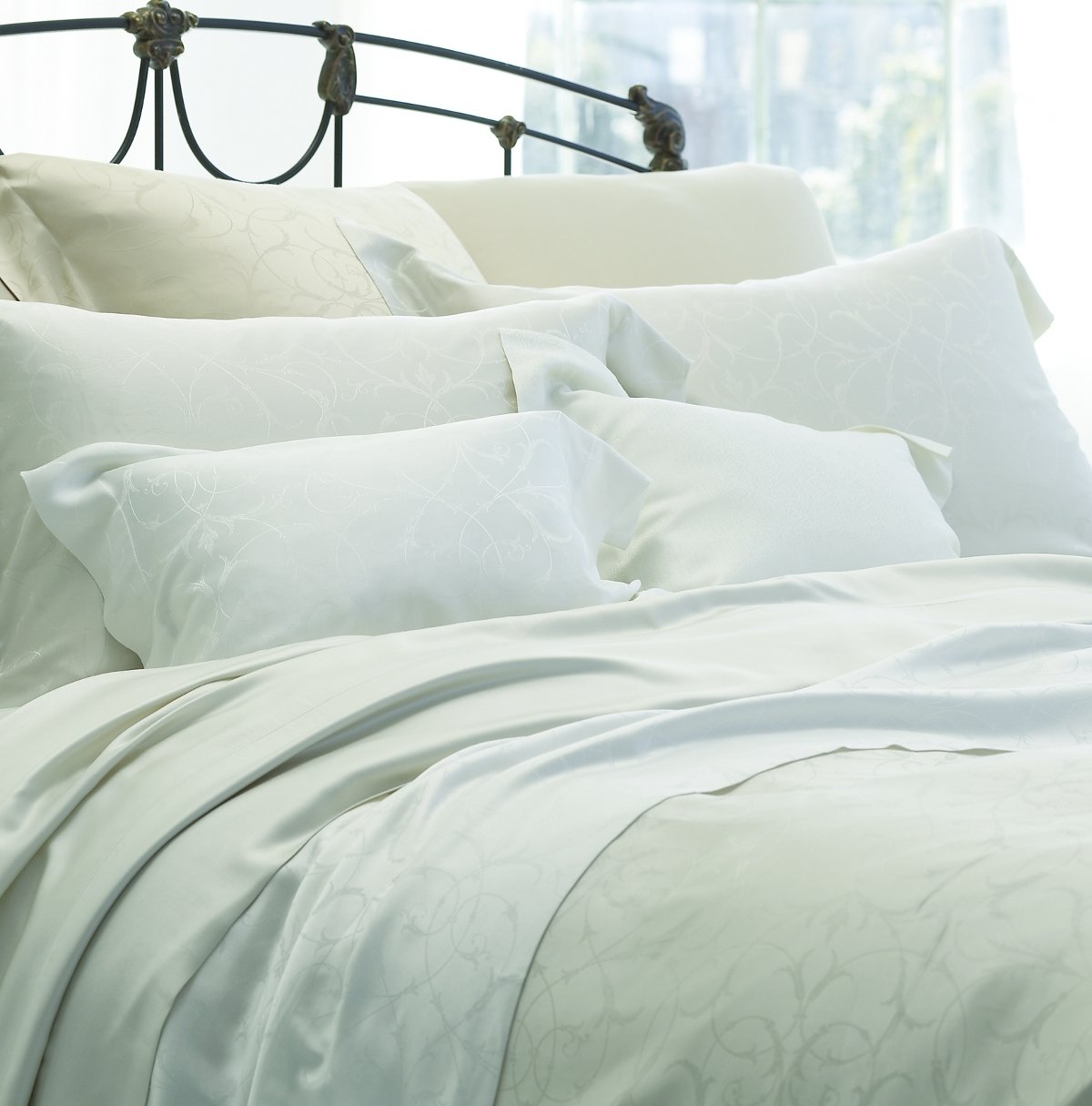
These fabrics have intricate weaves that create texture. They can also be much more expensive. The Legna Seville Sheets ($473 for a Queen sheet, thelinentree.com) shown here are woven from 100% Italian wood pulp.
Lyocell (or Tencel)
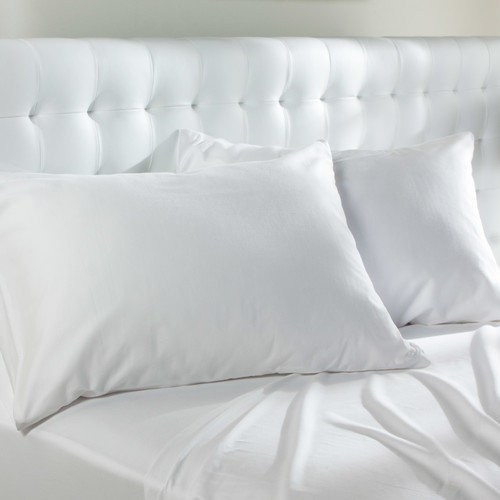
Lyocell, sometimes referred to by its brand name Tencel, is a natural, breathable, and soft-finish fiber made from wood cellulose (vegetable matter) or wood pulp. Perfect for warm sleepers and best known for its strength, durability and eco-friendly manufacturing. Shown here: Cool Touch TENCEL Lyocell Sheet Set, Queen ($150, houzz.com)
FABRIC FINISHES
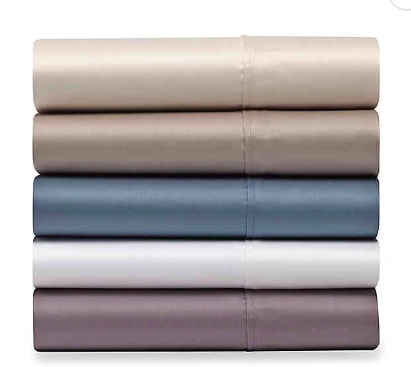
You may wish to consider, if you're eco-conscious or allergy prone, the types of fabric finishes used on sheets before you buy. Here's an overview of the most common finish treatments:
- Mercerization. Sateen sheets and some other types are often treated with a chemical process called mercerization, which strips off the outer layer of the fabric, providing it with an increased lustre, strength, and texture and allowing it to more easily absorb a rich depth of color.
- Wrinkle resistance. This resin treatment is applied to many cotton fabrics in order to reduce the need for ironing after washing. These treatments can also reduce the fabric's absorbency. Shown here: Heartland® Homegrown™ 500-Thread-Count Cotton Wrinkle-Resistant Sheet Set($59.99-$99.99, Bed, Bath and Beyond)
- Shrinkage control. The preshrinking process minimizes shrinkage but may make your sheets slightly less comfortable and cool.
Tips for caring for untreated cotton sheets
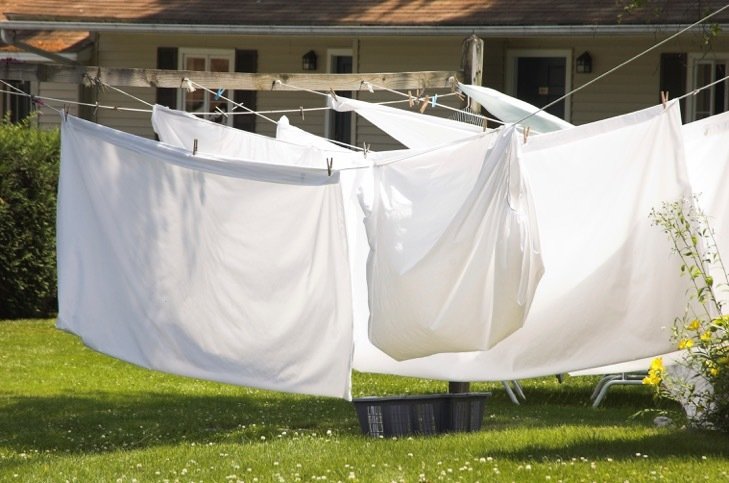
Untreated sheets will have wrinkles, lots of wrinkles, but they feel oh-so-good. Remove promptly from the dryer and fold them right away or dry them on a clothesline to vastly reduce wrinkles.
TOUCH & FEEL
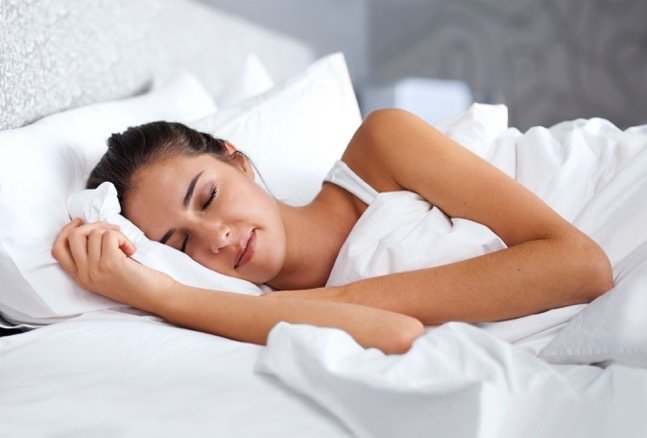
Of course, finding the best sheets comes down to matching them up to your personal preference in terms of touch and feel, not words on a label. Make sure to touch and feel sheets before you buy them. Ask a sales associate for an unwrapped sample or if you may remove them from the package to get a good feel for them. If that's not an option, check the store's return policy before buying or purchase just the pillowcases to try out at home.



